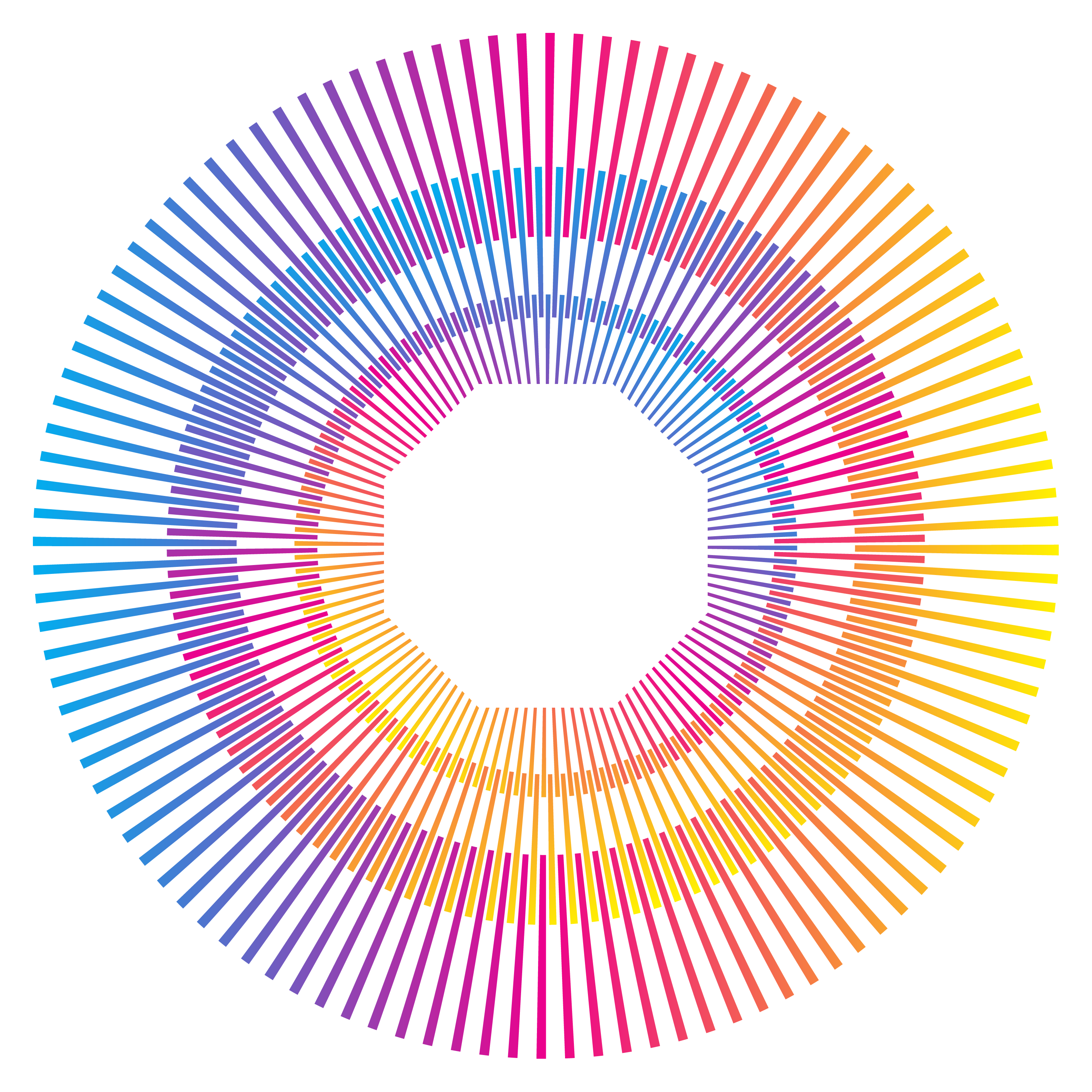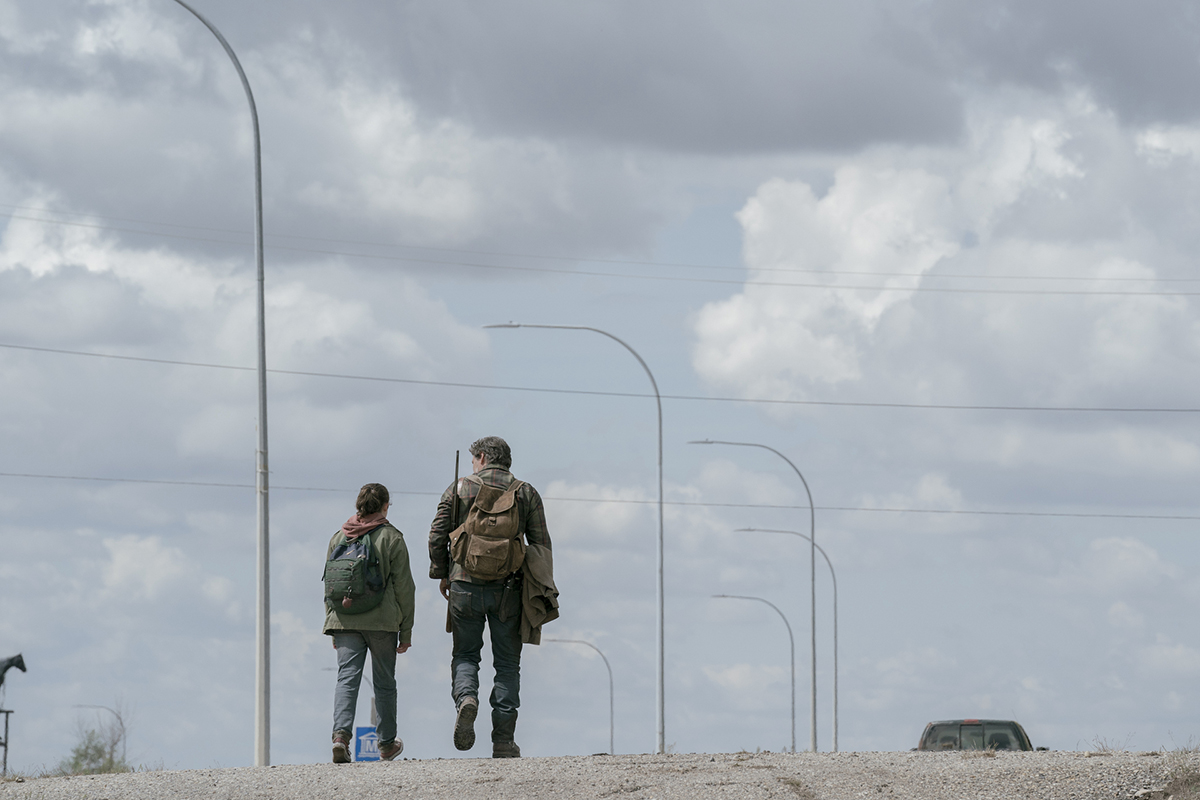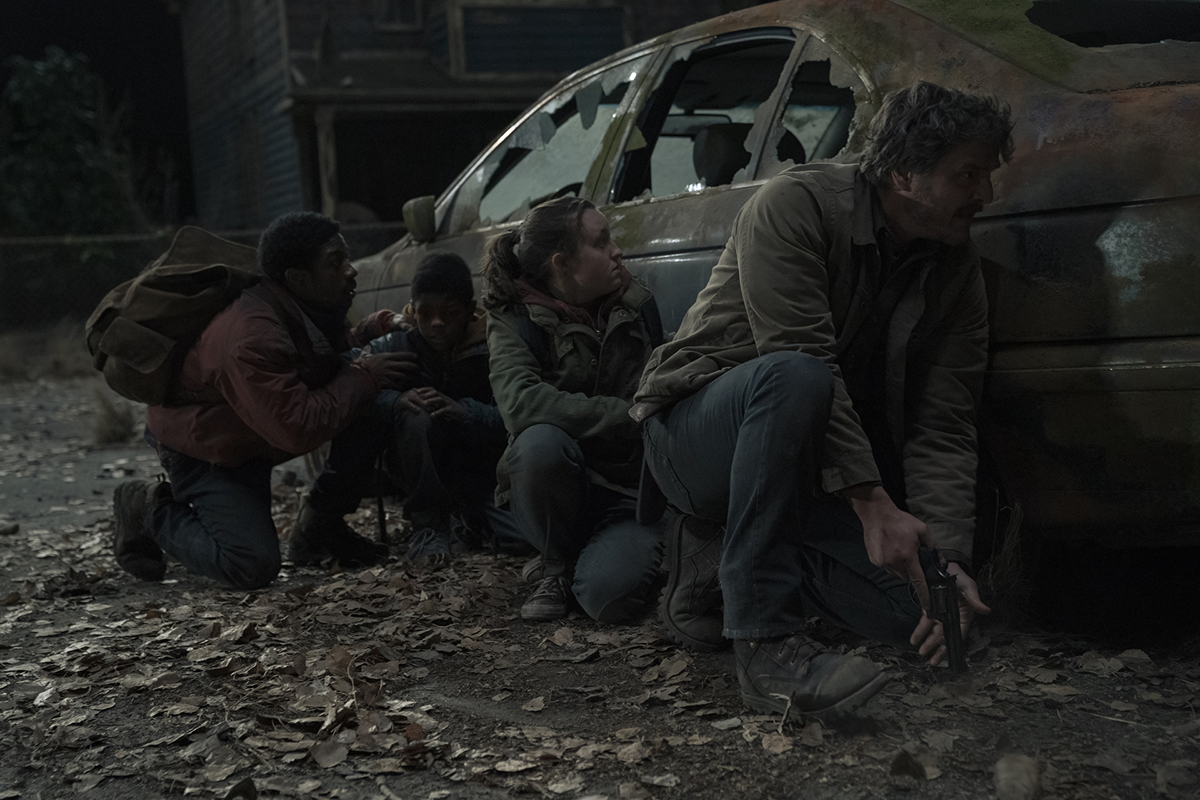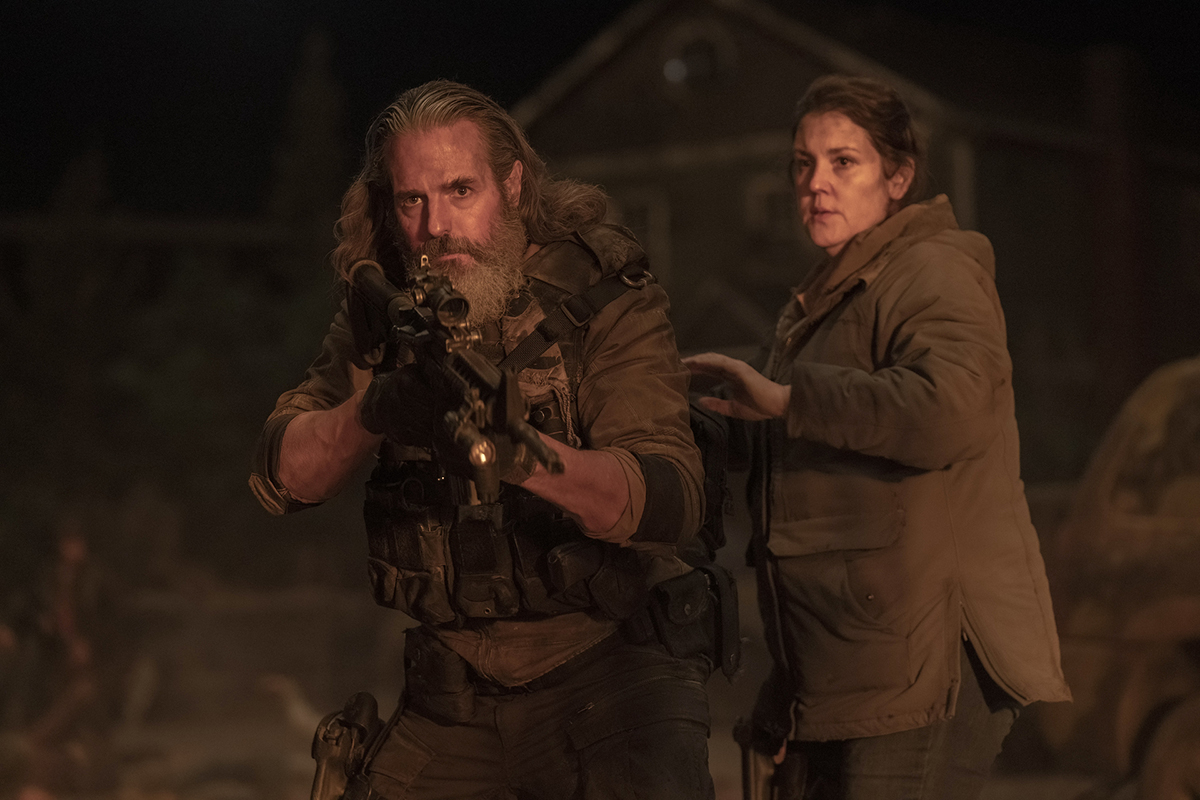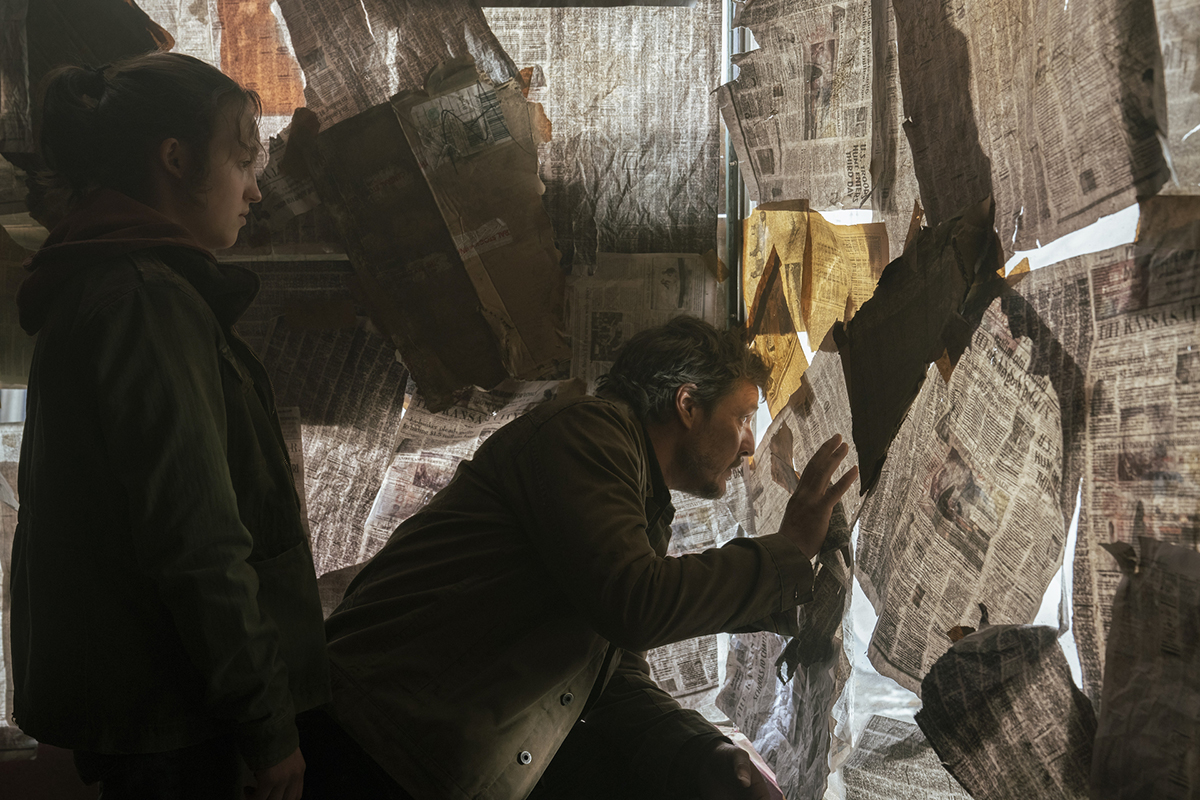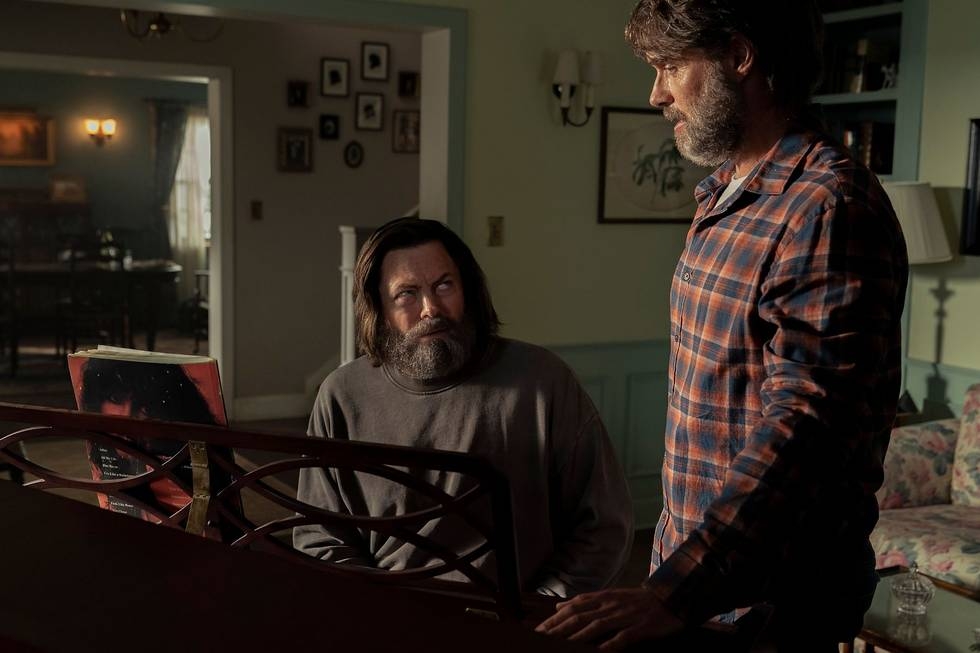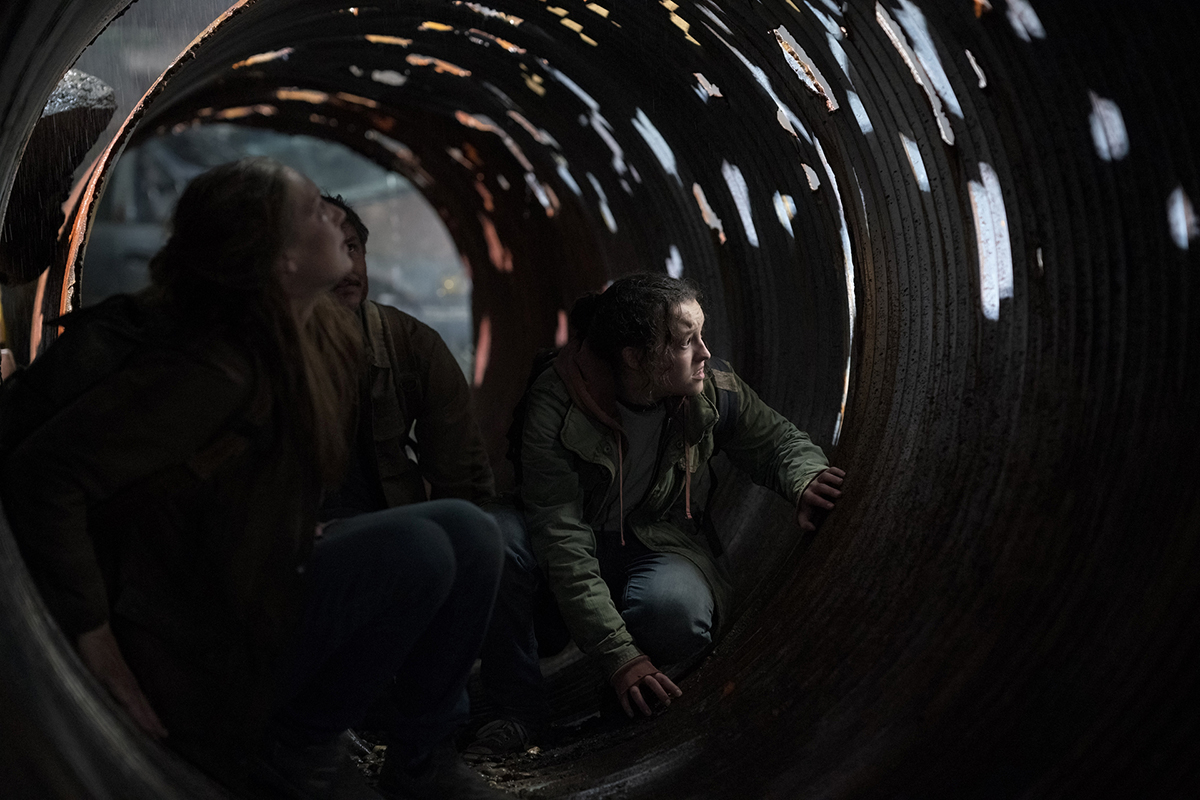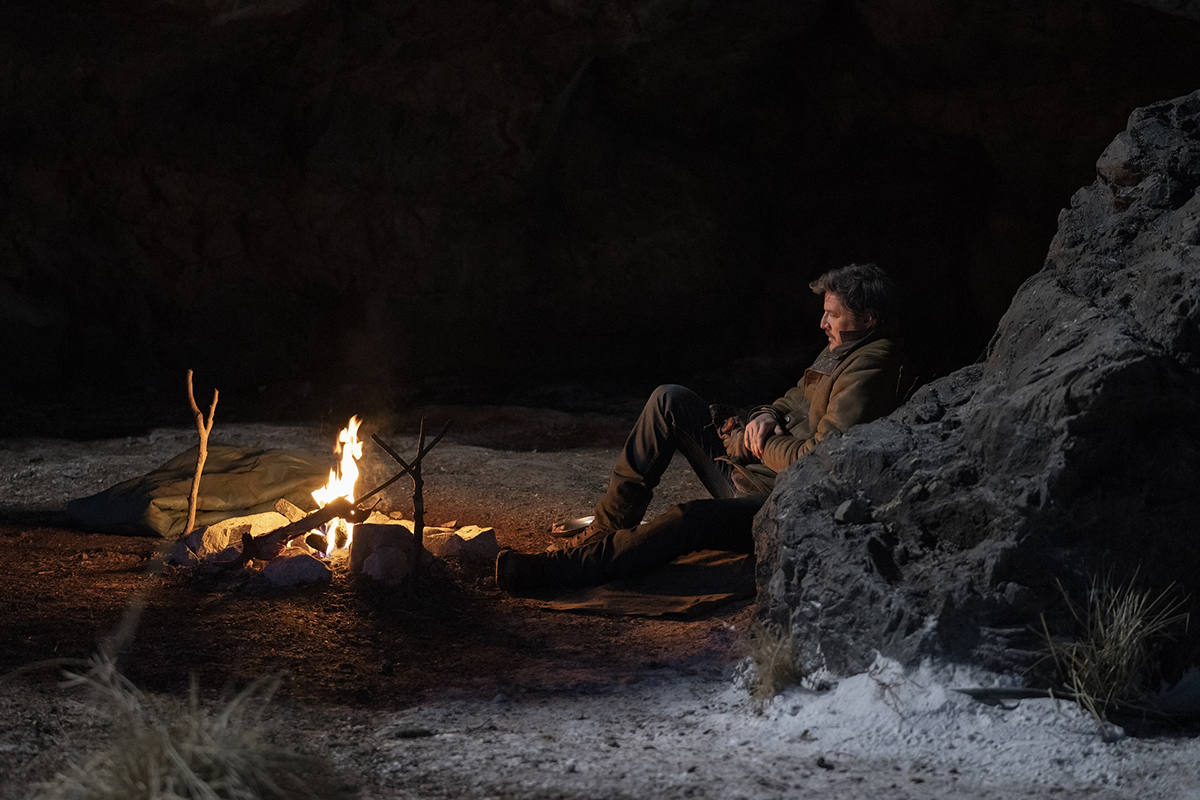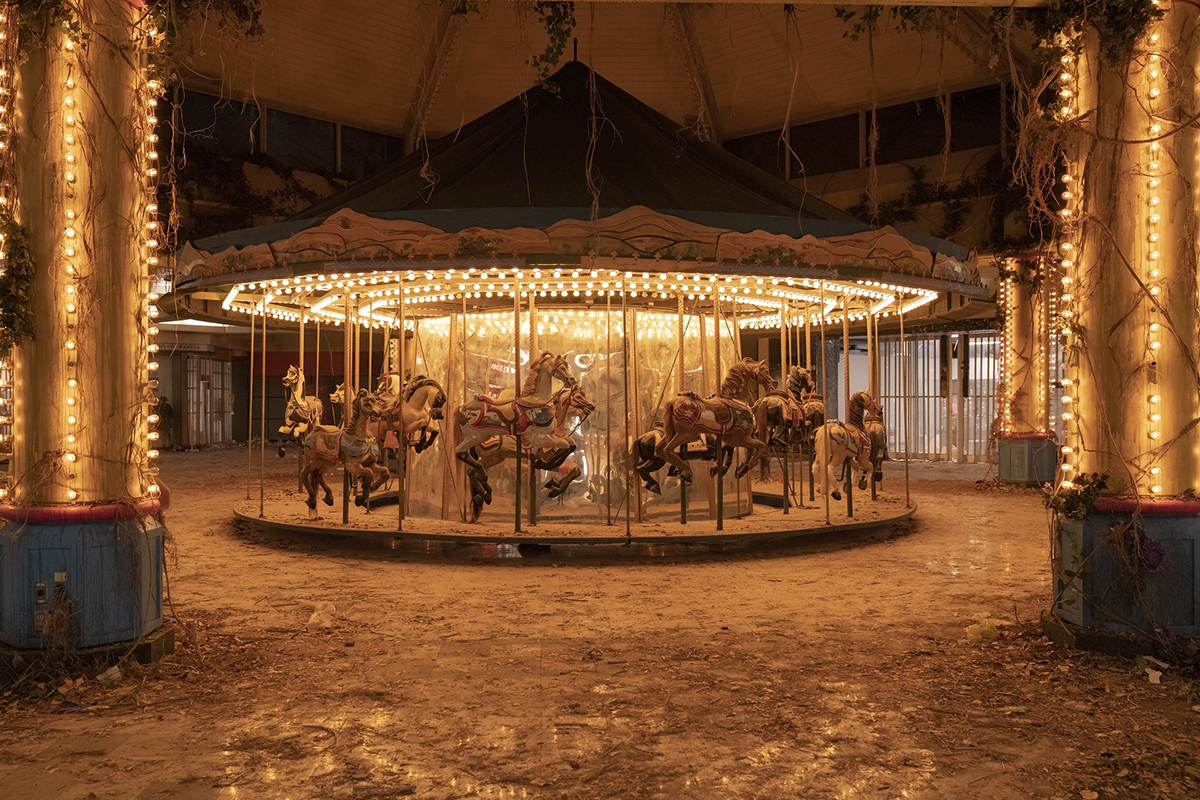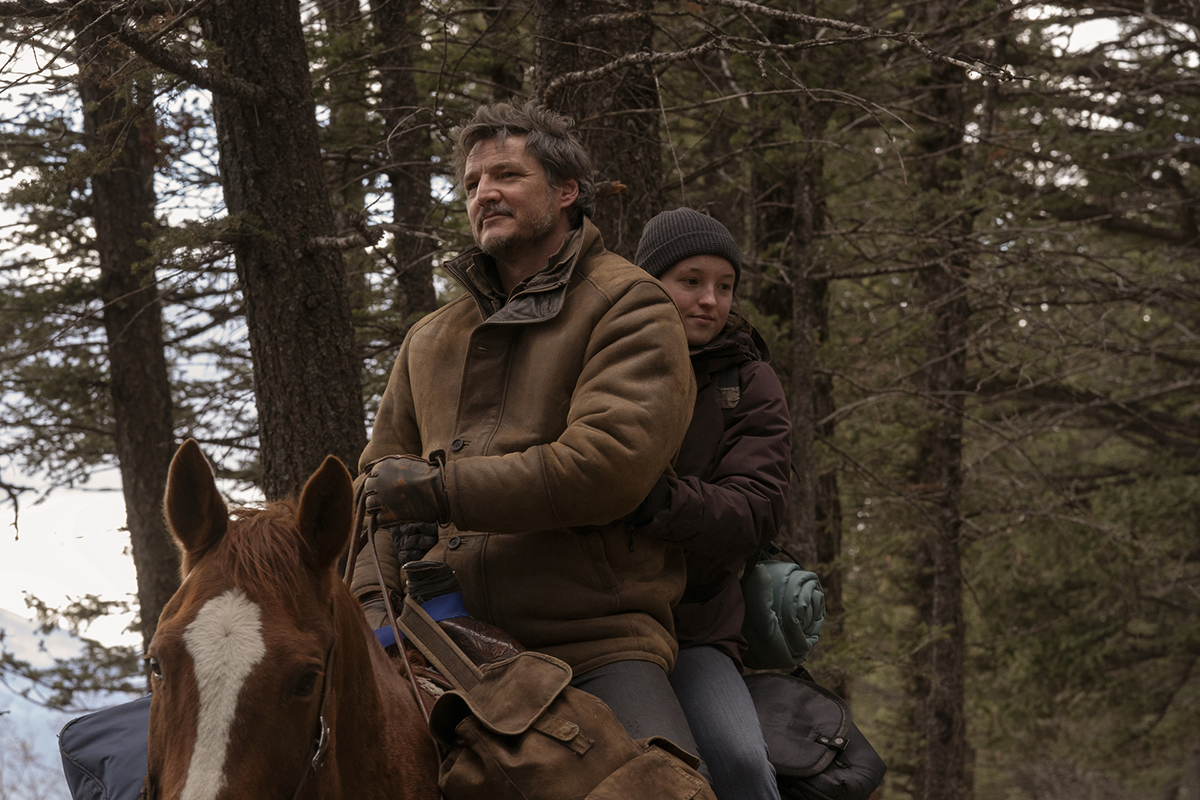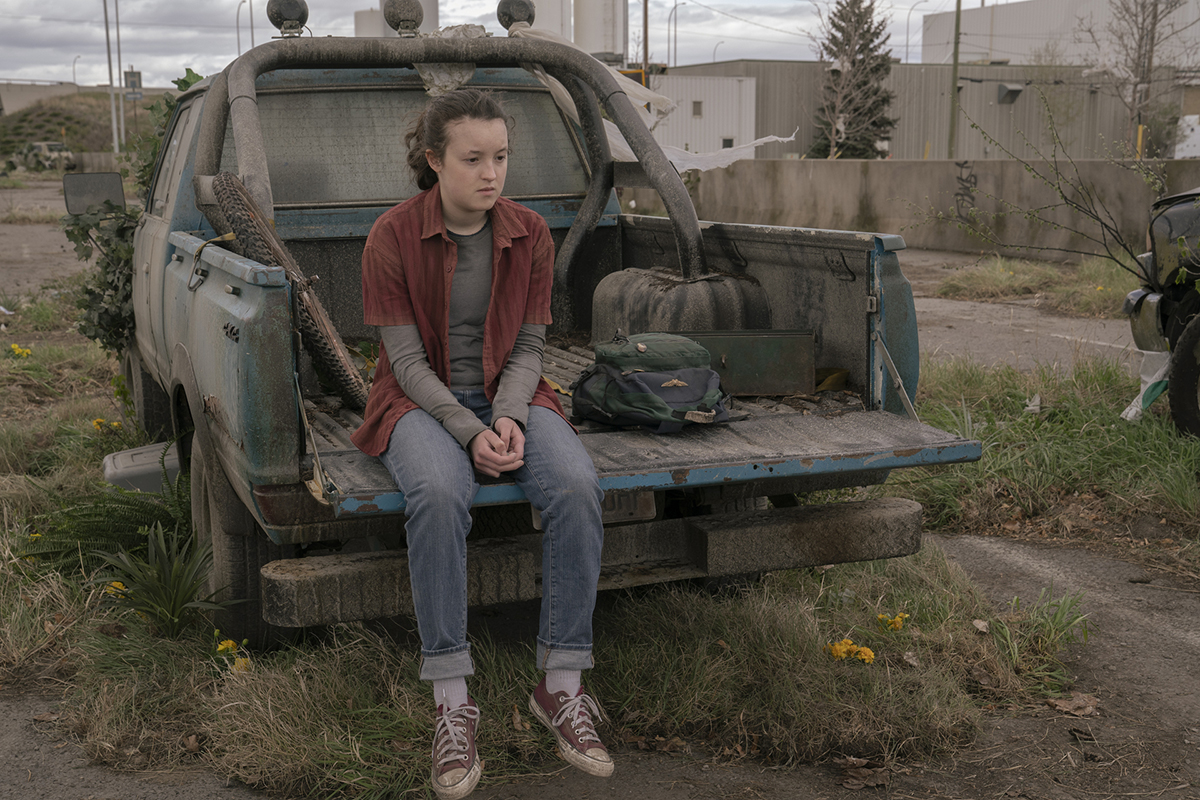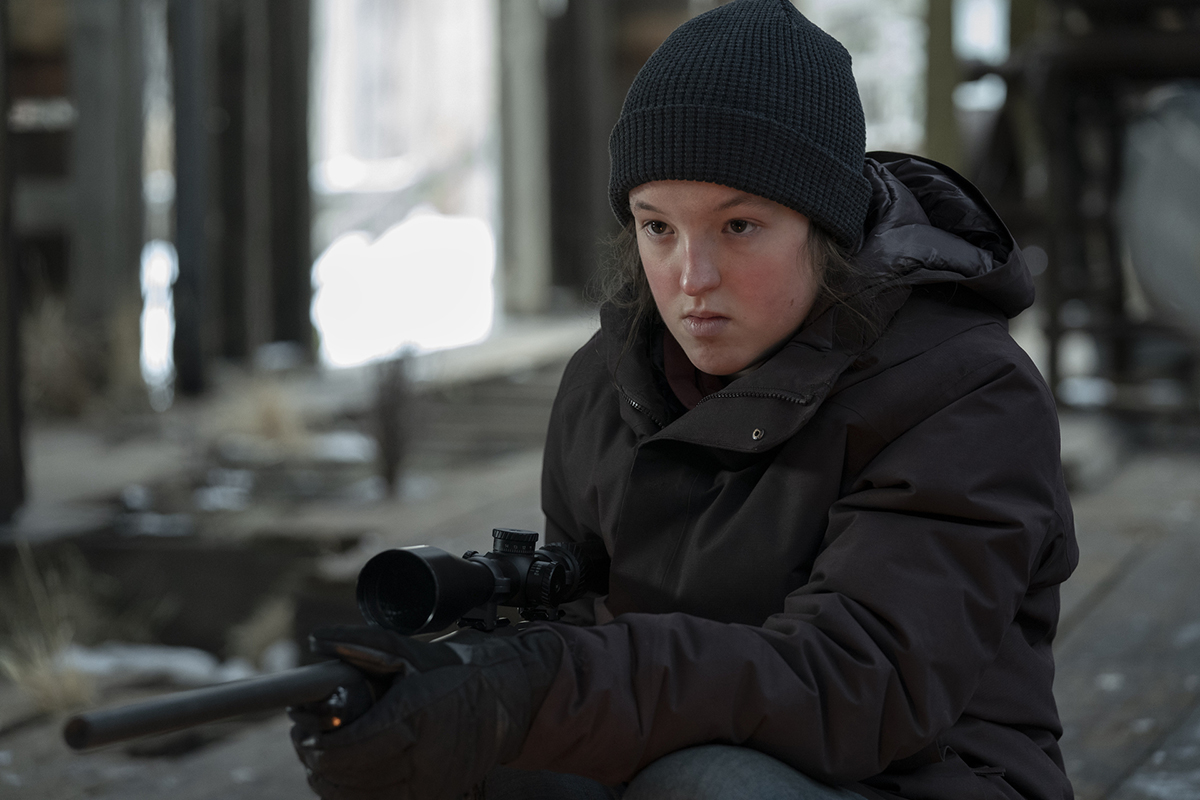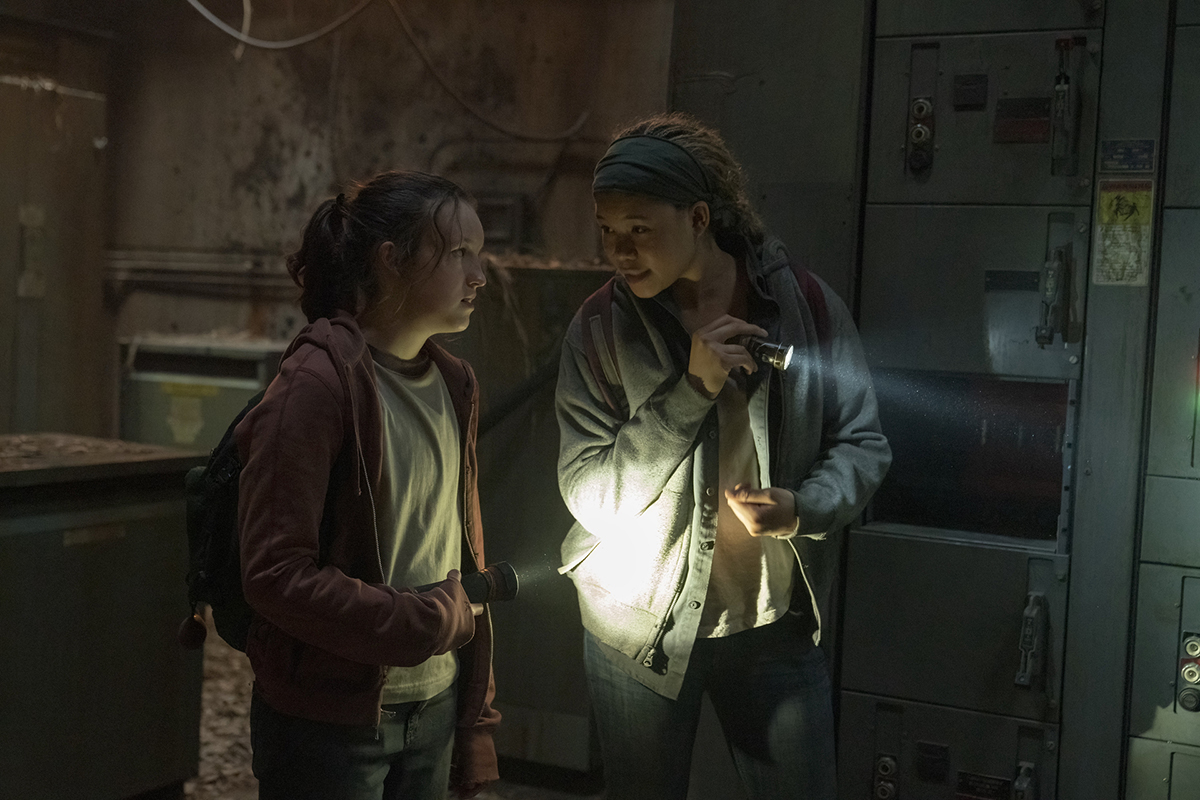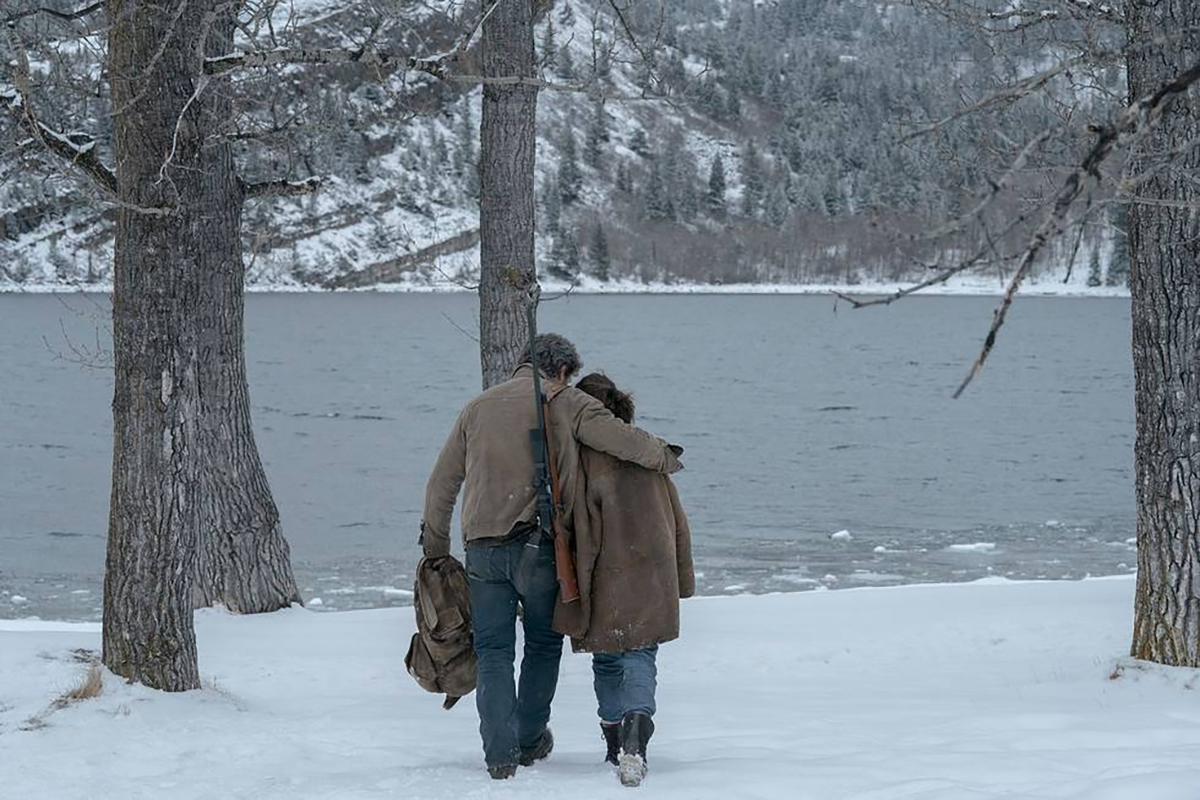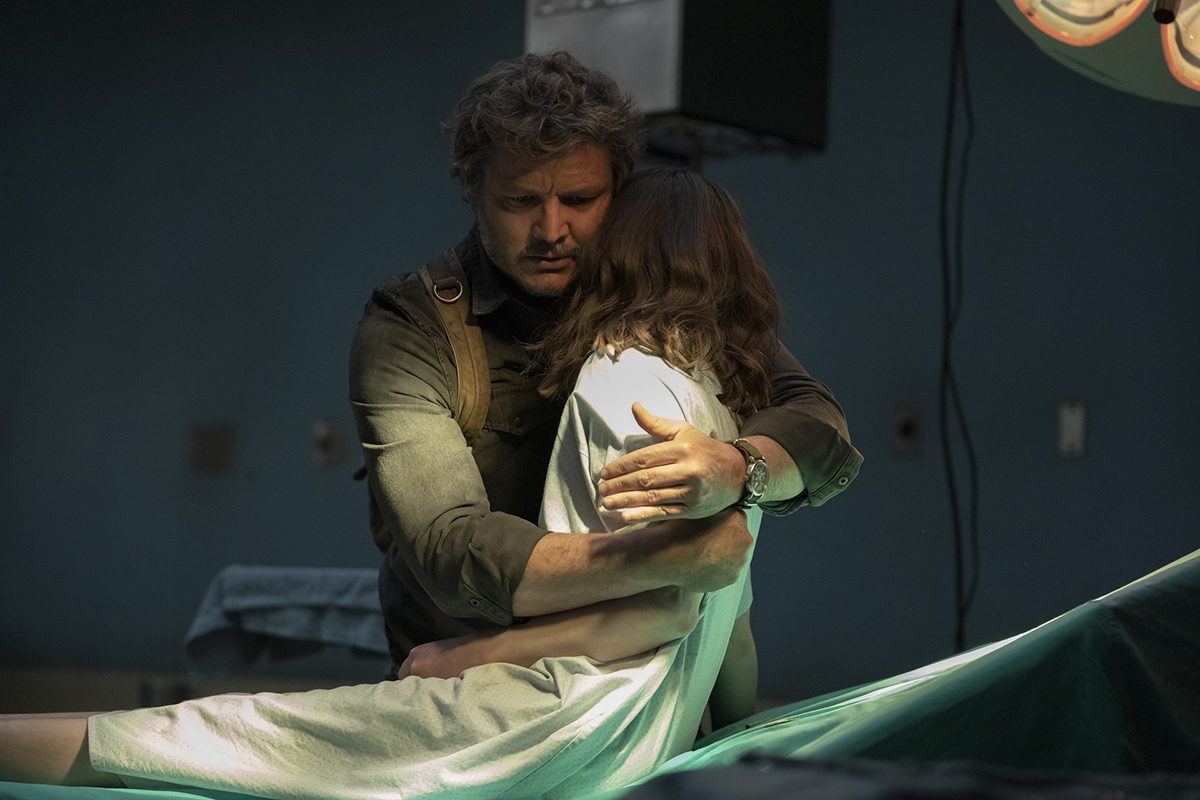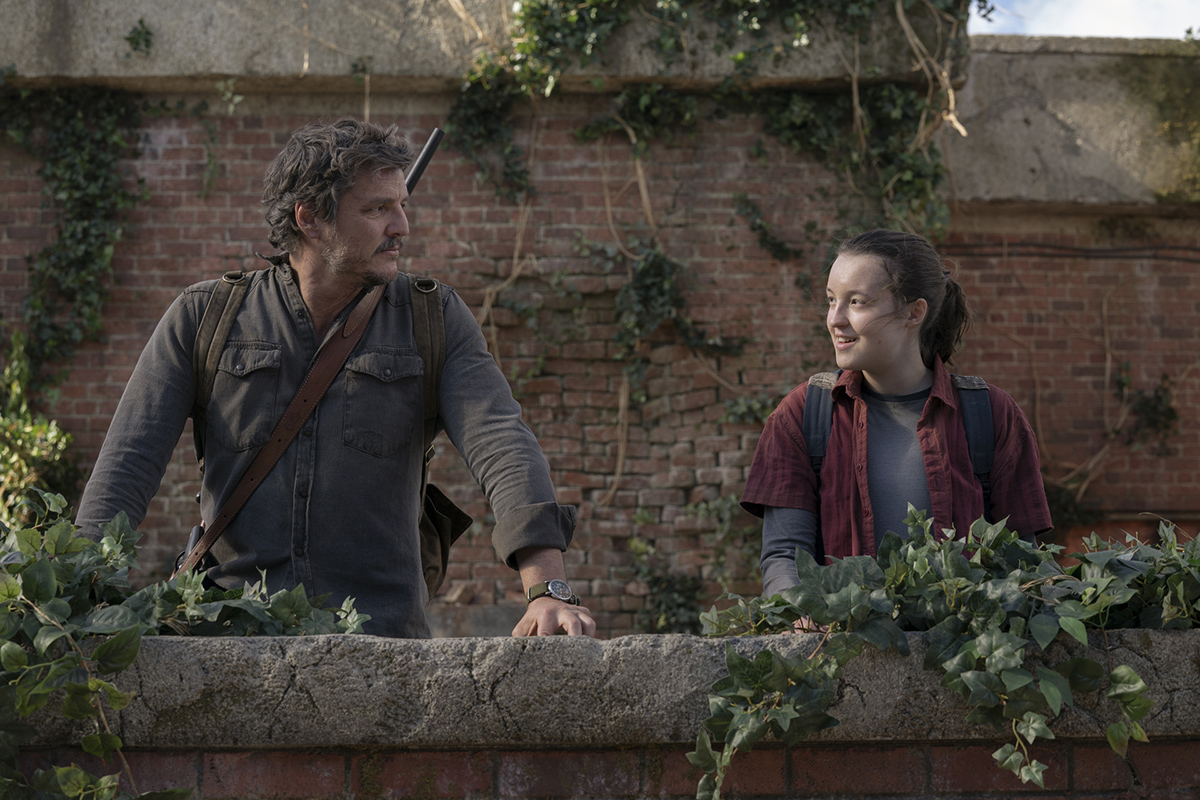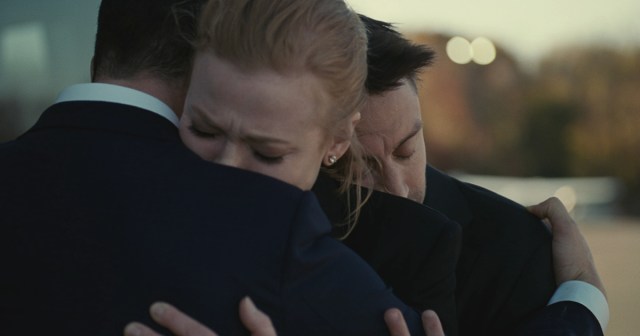BY MICHAEL MALONE, BROADCASTING+CABLE
HBO’s adaptation of Naughty Dog’s wildly popular post-apocalyptic video game “The Last of Us” is a notable (and successful) example of seeking out IP from nontraditional sources.
(The Last of Us is set in a post-apocalyptic America, 20 years after a fungal infection has turned much of the population into zombies. Neil Druckmann created the show alongside Craig Mazin.)
Working with such detailed source material means you essentially need an army and Mazin confirms that “The Last of Us” takes “thousands of people” to make.
Mazin was joined on the NAB Show Main Stage by several of them for a panel moderated by THR’s Carolyn Giardina. The conversation also featured cinematographer Ksenia Sereda; editors Timothy Good, ACE and Emily Mendez; VFX supervisor Alex Wang; and sound supervisor Michael J. Benavente.
Watch the full discussion, presented by American Cinema Editors, below.
Mazin said, “There’s no way for a film to be by one person. There’s hundreds of people — in our case, thousands of people.”
Mazin described The Last of Us producers, cast and crew as “a big family.”
Mazin spoke of the “luck” involved in gathering the right producers to work on the show and how listening to them in interviews and chats tells him a lot more than their credits do. “I like talking to people,” he said, “and hearing their passion for things.”
Challenges of Adapting
Season one was shot in Alberta, Canada. The producers discussed the challenges of adapting the popular video game to series.
Alex Wang, VFX supervisor, described the game’s look as “so beautiful and so immersive. How do we use that as inspiration?”
Cinematographer Ksenia Sereda said the producers aimed for a balance between borrowing from the game and giving viewers something fresh. “We wanted to preserve the most iconic parts,” Sereda said, “but at the same time, we did not want to exactly copy the look.”
She spoke of the “massive” variety of choices for cameras and lenses, and said the ARRI ALEXA Mini gave the shots a realistic feel and helped the viewers get closer to the characters.
Mazin quipped: “I don’t understand any of that. I’m glad you do.”
Editor Timothy Good said he’d never played the video game before. Editor Emily Mendez, on the other hand, was a big fan. The two brought together their different perspectives to give the show a distinctive feel.
Key Moments
The editors spoke of the key moments in season one. Pedro Pascal’s Joel lost his teenage daughter in the pilot, and is reluctant to open himself up to another teen girl as he gets to know Bella Ramsey’s Ellie.
Ellie’s book of puns makes him smile for the first time in eons. “You can see the transformation between the two characters and how they sort of come together,” Good said.
Mendez mentioned Ellie stitching up Joel’s stomach later in the season, and the effort the producers went through to give the scene extra impact. “You’re with her in that moment,” she said.
Michael J. Benavente, sound supervisor, spoke of “a quiet world” in the show with no freeways, no kids on playgrounds, no airplanes. The viewer hears snowfall in one episode. “It really helps the story of the people,” Benavente said of the hushed vibe. “When you hear what they’re hearing, when you feel what they’re feeling.”
Season two will shoot in British Columbia. “This is what I do — I do The Last of Us,” said Mazin with a smile. “I couldn’t be happier.”

